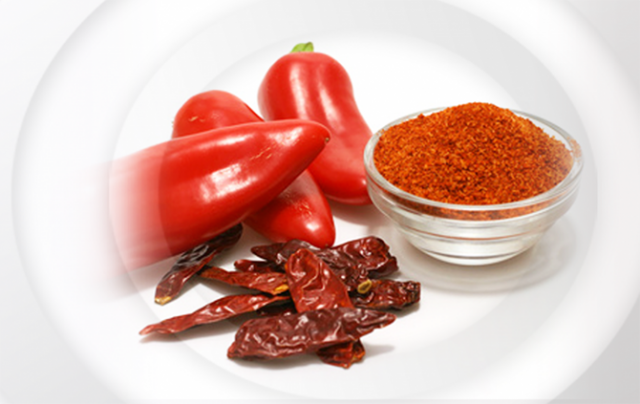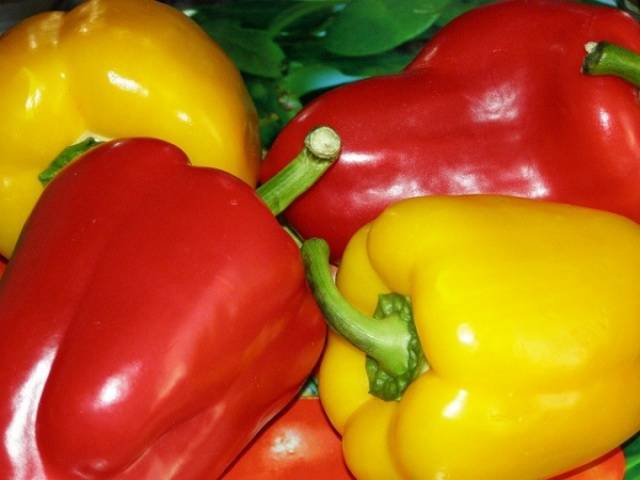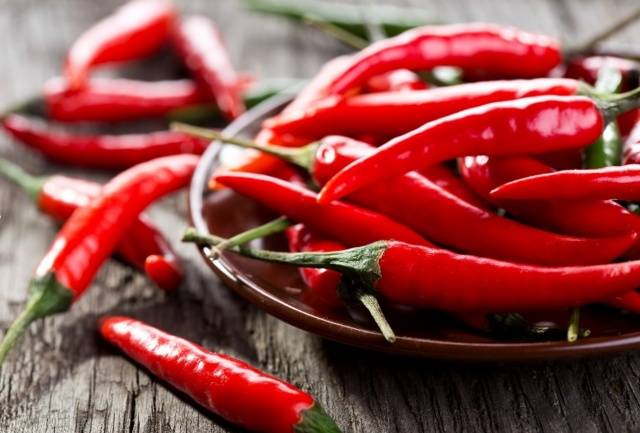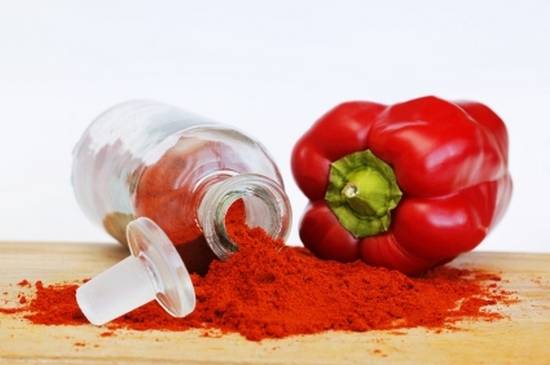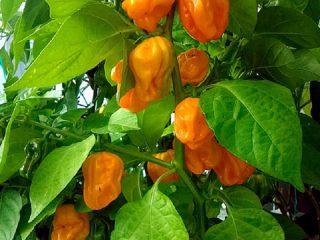Supporters and opponents of the statement about the interchangeability of red pepper and paprika divided into two equal camps. Each of them has its own arguments proving the correctness of his theory. This article will help you understand where the truth is and where the fiction is.
History reference
All the confusion with the names was the fault of Christopher Columbus. While being sent to India for black pepper and other spices, he accidentally stumbled upon America. Deciding that he had reached the goal of his voyage, Columbus took with him the fruits of a completely different plant, confusing it with black pepper. In fact, the fruits taken away belonged to herbaceous plants of the Solanaceae family, and not to the climbing vine of the pepper family. But because of the mistake of Columbus, the brought plants also began to be called pepper, only pods.
Capsicums are a separate vegetable crop, of which there are about 700 varieties. Their fruits can be either sweet or bitter. The well-known Bulgarian pepper belongs to the sweet varieties, and the red pepper belongs to the bitter varieties.
Bell pepper
One of the most popular members of the nightshade family. In our country, it is better known as bell pepper. The homeland of this vegetable is Central America, and its history goes back more than 20 centuries.
This culture is very demanding on light and heat. That is why in our northern regions it is most often grown in a greenhouse. The southern regions can successfully cultivate sweet peppers outdoors.
Its sweet fruits come in a myriad of different forms. The most common forms are as follows:
- cylindrical;
- conical;
- oval;
- rounded and others.
In addition to various forms, it has a rich color gamut, which includes almost the entire spectrum of colors. Depending on the variety, the fruits can have a color from light green to black colors. Their sizes with weight will also differ: from 10 to 30 cm and from 30 to 500 grams.
Its nutritional value is due to its high content of vitamin C. It also contains vitamins A, B, mineral salts and essential oils. Its use in cooking has no boundaries and is universal.
Bitter pepper
Red or hot chili was brought from America. Its fruit is not as varied in shape and color as the fruit of its sweet brother. Depending on the variety, their shape can lengthen from spherical to proboscis, and the color can vary from yellow to black-olive. At the same time, red varieties predominate.
Since this is a very thermophilic culture, it is recommended to grow it in greenhouses. In addition, it can even be grown on a windowsill. All that is needed for this is a 1.5-2 liter pot.
Burning The alkaloid capsaicin gives the taste to these red peppers. Like other fruits of the plants of the nightshade family, it is rich in vitamin C. In addition to it, it contains:
- almost complete set of carotenoids;
- fixed oils;
- calcium;
- iron;
- sulfur;
- B vitamins and other useful substances.
Due to its composition, it is able to have a powerful positive effect on the entire body.
Paprika
In fact, paprika is a powder made from the red fruits of the nightshade family. Plants of paprika varieties are perennial shrubs with erect shoots and fleshy fruits. Their homeland is South America. Besides America, paprika is successfully cultivated in Russia, Ukraine, Chile, Slovakia, Turkey and Hungary.
Its taste can be both sweet and pungent. Depending on the variety, the fruits for paprika can be:
- spicy;
- sweet;
- sharp.
In addition to red paprika, there is also yellow paprika, but it is less common.
Paprika is very useful as a seasoning. It has a rich composition that includes the following vitamins and minerals:
- AND;
- E;
- FROM;
- iron;
- phosphorus and others.
But the main benefit of paprika lies in the content of lipocaine and capsoicin - these substances effectively fight infections and strengthen the immune system. In addition, lipocaine and cansoicin are actively involved in cancer prevention.
So are there any differences?
What is the difference between paprika and bell pepper and red pepper? Yes, nothing. These are different names for the same plant - Capsicum annuum. This plant has about 700 different species. The difference will be only in the taste of a particular species. Some species will taste sweeter and some species more pungent. For the production of paprika, both can be used.
